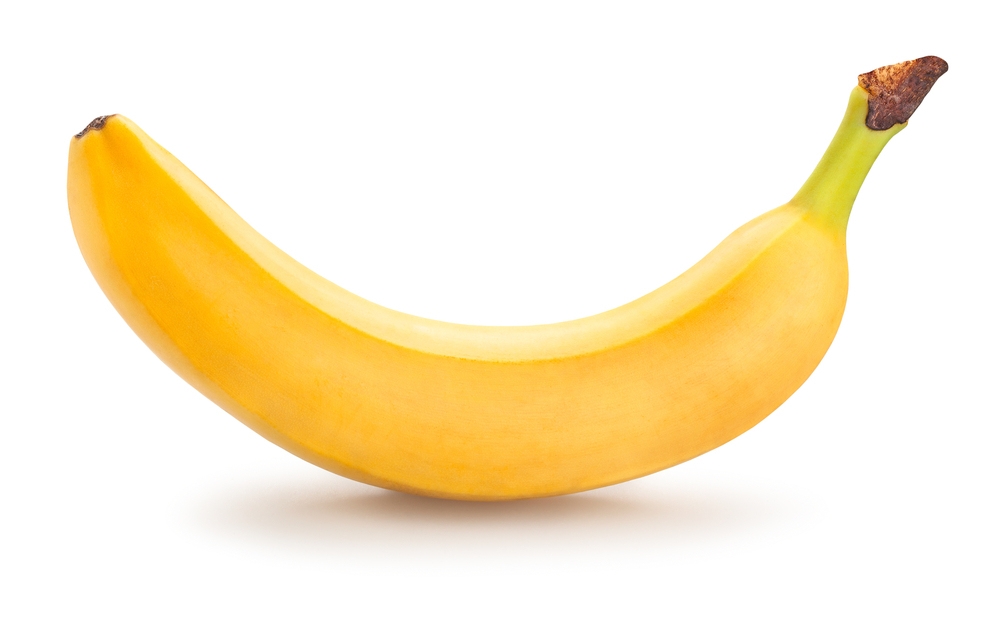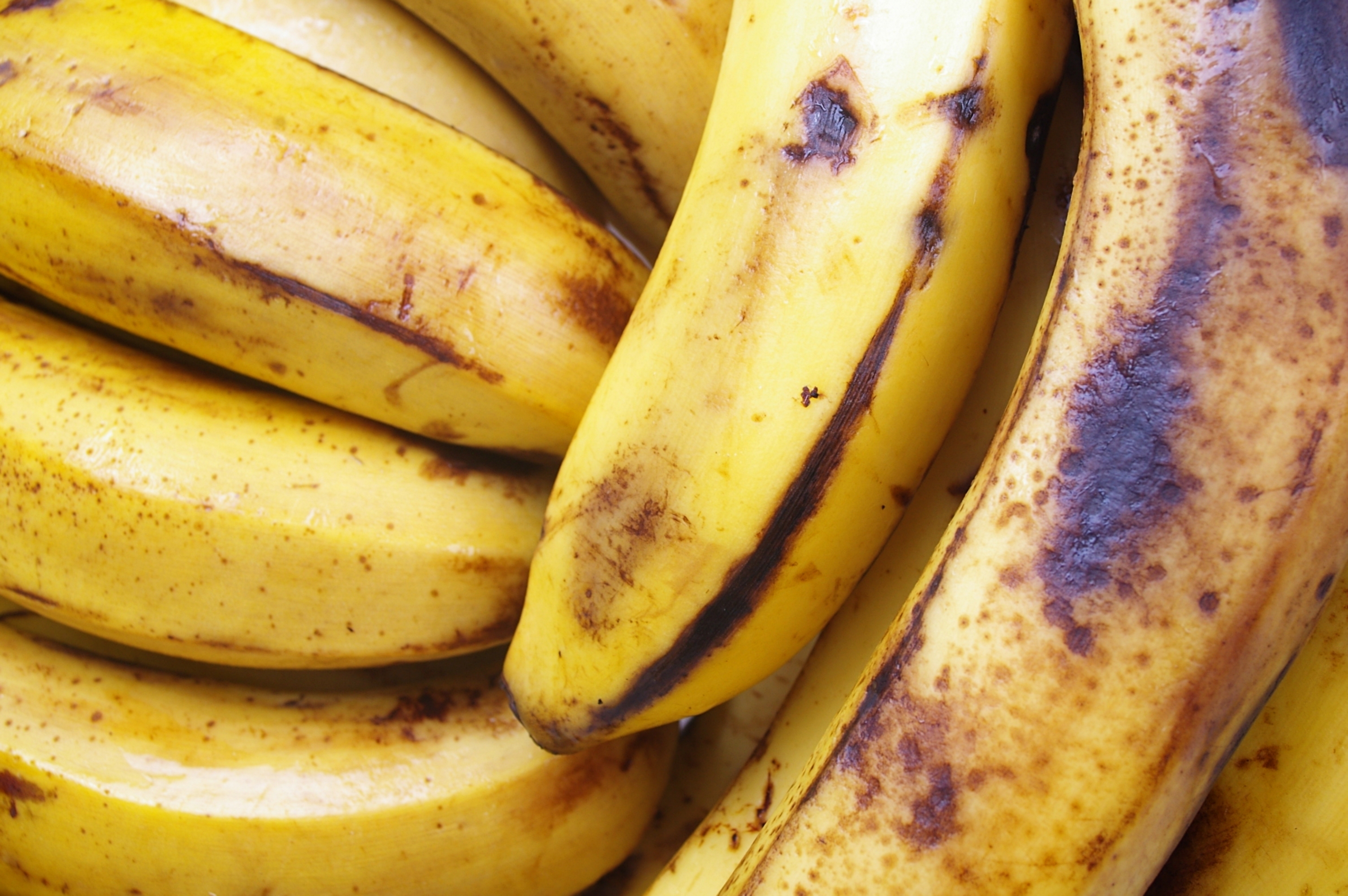
Banana is a kind of cheap and fine fruit.
Dr. Clove has received many readers asking the same question:
How to save the bananas bought more?
The banana peel has turned black, is it broken?
Refrigeration is a conventional way to preserve all kinds of food, but there is also a saying that bananas break faster in the refrigerator.
This… Which is true or false? Dr. Yun unintentional has come to answer questions again!
(If you are impatient and don’t want to see scientific principles, you can jump directly to the end of the article to see suggestions.)
From youth to maturity, will what happen?
Bananas are usually picked when they are young. At this time, most of the solid substance of bananas is starch, which is hard and not sweet.
Green bananas will be “ripened” before they are sold. At present, a liquid called ethephon is usually used to produce ethylene (rest assured, it is safe) to ripen bananas.
When green bananas come into contact with ethylene, various changes will occur:
Pectinase decomposes pectin and softens bananas. Amylase converts starch into sugar to sweeten bananas. Chlorophyll in banana peel gradually disappears and turns yellow.
By the time the banana peel turns yellow and only a little green at the head and tail, most starch has been converted into sugar. At this time, bananas are still hard, but they are already very sweet.
By the time the banana peel turned completely yellow and there were some black spots, almost all the starch in the banana had been converted into sugar and the pulp became soft and sweet.
When the skin turns black, most people will think [bananas are broken].
When bananas enter the refrigerator, what will happen?
Bananas grow in tropical and subtropical regions and do not have the ability to cope with cold environment.
If the green banana is put in the refrigerator, its [ripening mechanism] will be damaged. Even if it is brought to room temperature again and ethylene is given to ripen, it is difficult to ripen again.
Don’t keep bananas in the refrigerator without ripe bananas.
Ripe bananas are different. The low temperature in the refrigerator can reduce the activity of amylase, pectinase, etc., which can slow down the further ripening of bananas. In other words, refrigeration can keep the flavor and taste of ripe bananas longer.
The flavor of the pulp will last long, but the banana peel is very big.
Banana peels contain a large amount of phenols and polyphenol oxidase. Collision, friction and cell damage caused by low temperature will cause these substances to run out of epidermal cells and polymerize into melanin, causing bananas to turn black.
Therefore, bananas placed in the refrigerator often turn black at an accelerated rate. Does changing black mean bananas are broken?

Banana peel turns black ≠ banana turns bad.
In fact, the bananas in the refrigerator are blackened by their skins and their pulp has basically not changed.
Peel off the blackened skin, it is still a good banana. It can be eaten as well, but it only needs to overcome visual and psychological obstacles…
Ripe bananas can even be frozen for months.
A Practical Guide to Banana Preservation
- The most convenient way: Every time I buy less, Eat it in time. We need to delay ripening, Hang in a ventilated place and stay away from other fruits. Need to speed up ripening, Sealed with mangoes, apples, pears and other fruits. If the banana peel is ripe (i.e. The banana peel turns yellow completely, Black spots begin to appear), and you can’t eat them for a while. You can refrigerate them in the refrigerator. Even if the skin turns black, you can still eat them. If bananas are already mature and you can’t eat them in a short period of time, you can remove the skin, pack them in fresh-keeping bags and store them in the freezer. It is excellent to eat them as frozen desserts, or to make milkshakes, cakes, bread, ice cream, yogurt and other foods.
